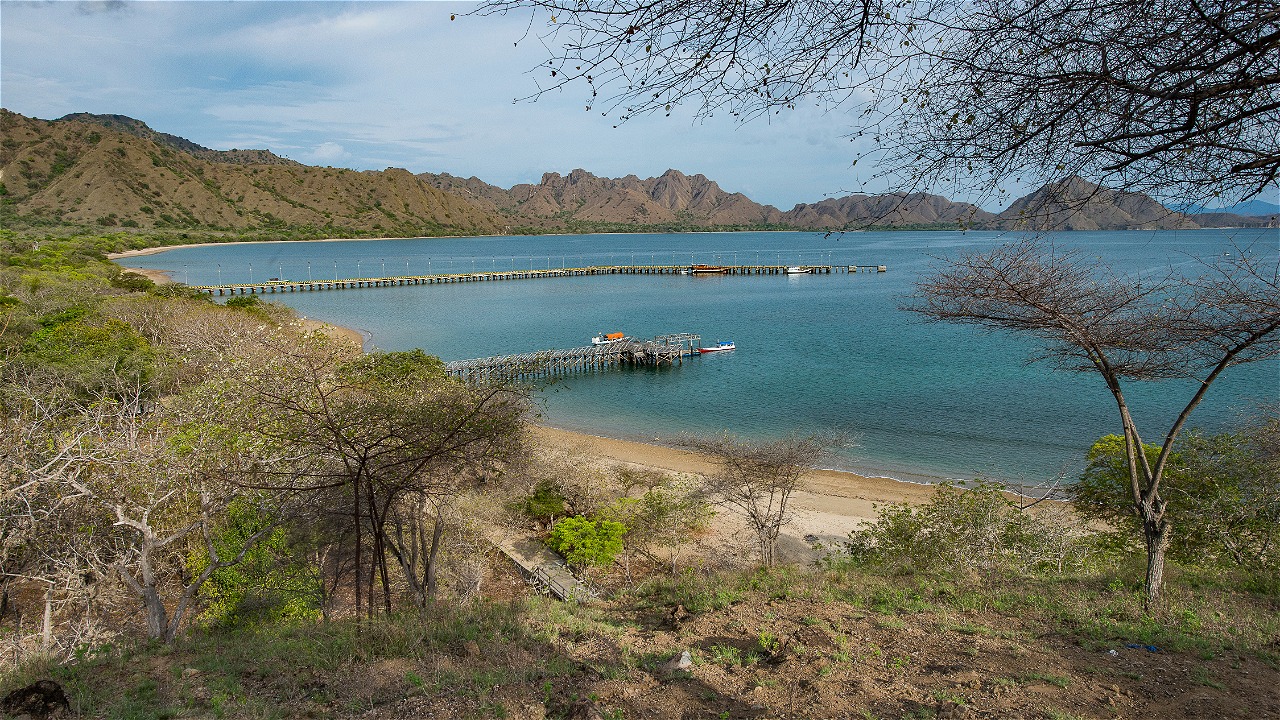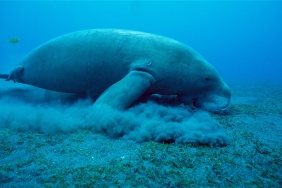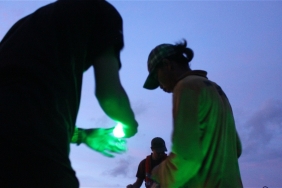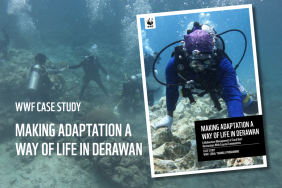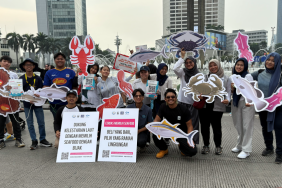BTN KOMODO HOLDS REGULAR NATURE CLASSES FOR KOMODO AND RINCA ISLAND STUDENTS
By:
- Kusnanto(Marine Biodiversity Monitoring Assistant, WWF-Indonesia)
- Euis Zulfiaty (Bycatch & Sharks Conservation Program Assistant, WWF-Indonesia)
"Introducing, my name is Yeni. If I become a sea animal, I want to be a shark," said Yeni, one of the 30 students who participated in the Bina Cinta Alam class (24-25/07/17) at SMP 4 Satap, Komodo Island. Taking turns, these children introduced themselves while mentioning the various animals they liked.
In addition to the Komodo dragon as the main icon, Komodo National Park is home to 260 species of corals, 1000 species of reef fish, 2 species of turtles, including 4 species of sharks and 2 species of manta rays. So, loving these natural resources needs to be nurtured and directed from childhood.
"Educational activities for the younger generation like this are very important in long-term efforts to support nature conservation in Komodo National Park (TN)," said the Head of SMP 4 Satap Komodo, host of the Bina Cinta Alam Class.Bina Cinta Alam Class is indeed a routine program of the Komodo National Park Office, and this time in collaboration with the Komodo Waste KSU House and WWF-Indonesia.
"Dugong, sharks, turtles, and mantas must be protected," is what I said to them during the marine biota inventory simulation activity. There were 30 different marine biota, complete with local names, characteristics, functions, food, uniqueness, and conservation status. They then presented it in front of the class, very enthusiastic.
"Kids, does anyone know how we can protect the flora and fauna in Komodo National Park?" asked Oma Bekti, greeted by Margetha Subekti from the Komodo Waste Multipurpose Cooperative (KSU) House. Oma Bekti then shared through stories, yells, and songs about not littering.
"I am an Indonesian child, I love flora, I love fauna, I love littering. Yes yes yes!" shouted the children excitedly.
Indeed, Labuan Bajo and Komodo National Park are estimated to produce 112.4 m3 / day or equivalent to 12.8 tons / day every day. Based on composition, 40.41% is organic waste, 33.17% is recycled/economic inorganic waste, 5.52% is hazardous waste, and 20.9% is residue. This is a huge amount of waste and threatens the sustainability of Komodo National Park. Through the KSU Sampah Komodo House, residents can save their waste to be processed into products that have more selling value.
"Reduce reduce, Reuse reuse, Recyle recycle, hurray!" shouted the students to remember the 3R concept of waste management. The junior high school students were then involved in the practice of recycling waste that is commonly found around Komodo Island. They made decorative craft products using calendar paper or used paper packaging, into bird-shaped containers.
The Love of Nature program was also held by BTN Komodo at SD Inpres Kampung Kerora, Section I of Rinca Island, with 45 students with the Women Care for the Environment group, and WWF-Indonesia.
"By getting to know better the types and benefits of these flora and fauna, these children can love and care more about Komodo National Park," said Djulius Boeky, Head of Section I of Komodo National Park Management. "Because they are our next generation, who will protect this area in the future," he added.

